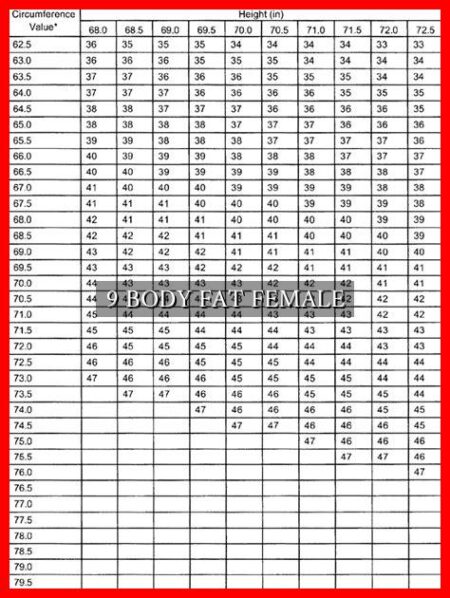-
Table of Contents
5 POUNDS OF FAT VS MUSCLE: THE KEY DIFFERENCES
When it comes to our bodies, weight is often a topic of concern. However, not all pounds are created equal. Understanding the differences between 5 pounds of fat and 5 pounds of muscle can provide valuable insights into our overall health and fitness. Let’s delve into the key distinctions between these two types of tissue.
The Basics: Fat vs Muscle
Fat and muscle are two distinct types of tissue in the body, each serving different purposes. Fat, also known as adipose tissue, is primarily a storage form of energy.
. It provides insulation and cushioning for organs, as well as a source of fuel during times of scarcity. On the other hand, muscle tissue is responsible for movement, strength, and metabolism. It is metabolically active, meaning it burns calories even at rest.
Appearance
One of the most noticeable differences between fat and muscle is their appearance. Fat is bulkier and takes up more space compared to muscle. This is why someone with a higher percentage of body fat may appear larger or “fluffier” than someone with a higher percentage of muscle mass, even if they weigh the same.
Density
Another key difference between fat and muscle is their density. Muscle tissue is denser than fat tissue, meaning it takes up less space for the same weight. This is why a pound of muscle appears smaller and more compact than a pound of fat. In fact, muscle is about 18% more dense than fat, which is why a pound of muscle takes up less space than a pound of fat.
Health Implications
Aside from the aesthetic differences, the type of tissue in our bodies can have significant implications for our health. Here are some key points to consider:
- Higher muscle mass is associated with a faster metabolism, which can aid in weight management and overall health.
- Excess fat, especially around the abdomen, is linked to an increased risk of chronic diseases such as heart disease, diabetes, and certain cancers.
- Muscle strength is crucial for maintaining mobility, balance, and independence as we age.
Case Study: John vs Sarah
Let’s consider a hypothetical scenario involving two individuals, John and Sarah. John weighs 150 pounds with 30% body fat, while Sarah also weighs 150 pounds but has 20% body fat and more muscle mass. Despite weighing the same, Sarah appears leaner and more toned than John due to her higher muscle-to-fat ratio. Additionally, Sarah may have a faster metabolism and better overall health compared to John.
Building Muscle, Losing Fat
For those looking to improve their body composition, the focus should be on building muscle and losing fat simultaneously. This can be achieved through a combination of strength training, cardiovascular exercise, and a balanced diet. By increasing muscle mass and reducing body fat, individuals can improve their overall health, metabolism, and physical appearance.
External Resources
For more information on building muscle and losing fat, check out this article from Healthline.
Summary
Understanding the differences between 5 pounds of fat and 5 pounds of muscle is crucial for optimizing our health and fitness. While fat and muscle serve different purposes in the body, their impact on our overall well-being cannot be understated. By focusing on building muscle and losing fat, individuals can improve their body composition, metabolism, and overall health.





